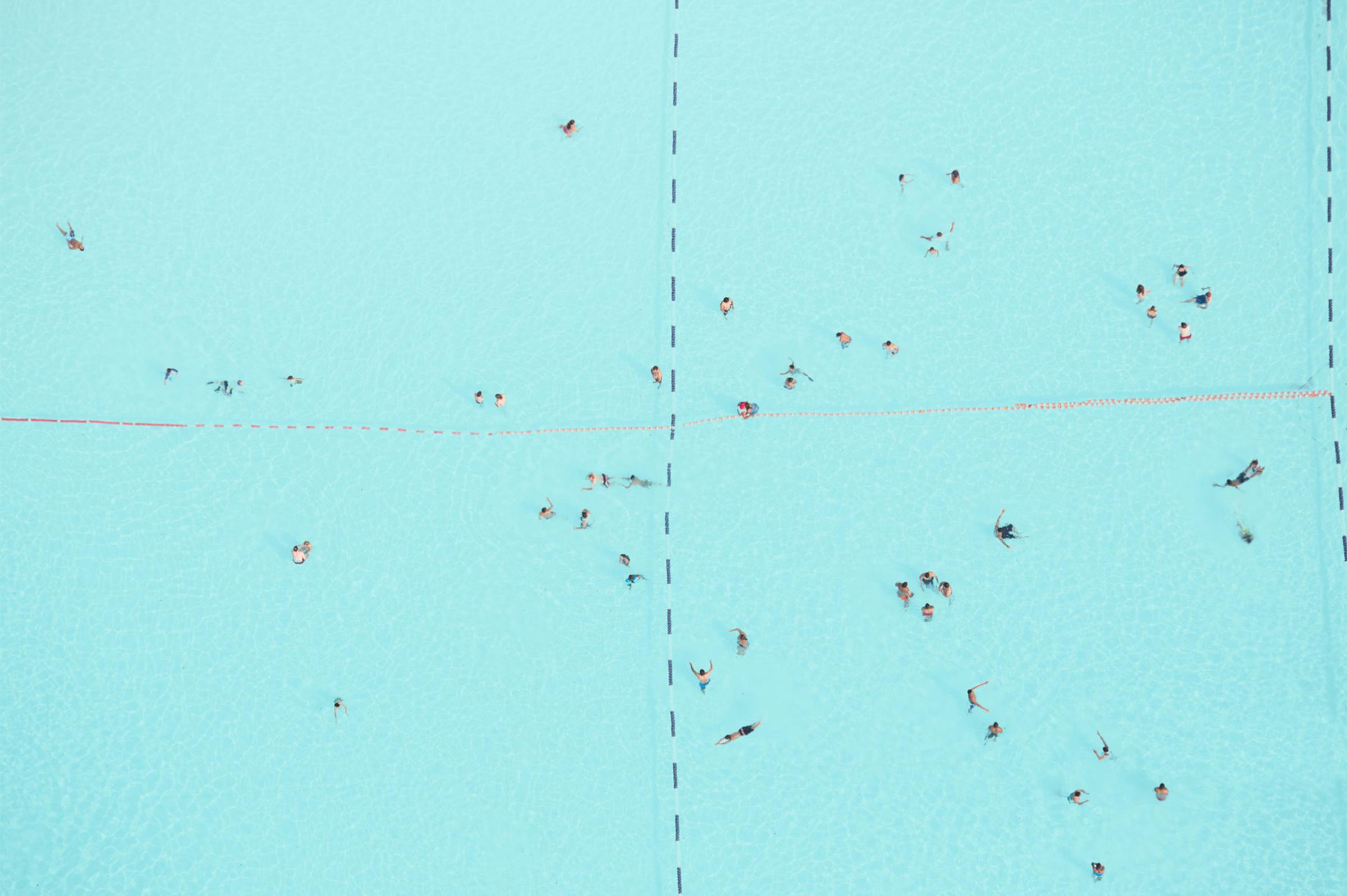How proficient are you in sunscreen-ese? According to a new survey in JAMA Dermatology, most people don’t understand much of what’s written on a lotion label.
Researchers at Northwestern University Feinberg School of Medicine wanted to test people’s knowledge of sunscreen, so they surveyed 114 people who came to the dermatology clinic during the summer of 2014. Even though 93% of them had purchased a bottle in the last year, most people showed important gaps in their sunscreen smarts.
1. UVB rays
“People think that SPF equals everything,” says Dr. Roopal Kundu, one of the study’s authors and a dermatologist at Northwestern University Feinberg School of Medicine. And it does count for a lot: the sun protection factor measures a sunscreen’s ability to filter UVB rays, which are related to sunburn and skin cancer. But SPF only measures UVB rays; it doesn’t tell you anything about protection from UVA rays, Kundu says.
Read More: Top Sunscreens Are Put To The Test
2. UVA rays
The most misunderstood part of sunscreen is UVA, Kundu says. “UVA is around every day; it can penetrate through window glass,” she says. Like UVB, it’s also related to an increased risk of skin cancer, but unlike UVB, it’s not filtered by the ozone at all, Kundu says. UVA doesn’t cause sunburn, but “it really leads to darkening and aging, because it penetrates deeper into the skin and has more influence in the collagen.”
There’s only one way to tell whether your sunscreen offers UVA coverage: the words “broad spectrum.” Only 34% of people in the study named “broad spectrum” labeling as an influence in their choice to buy a sunscreen, but they’re the two most crucial words to look for on a sunscreen label, Kundu says, because there’s no other metric on the bottle for UV-A coverage. Without the words “broad spectrum” your sunscreen likely doesn’t offer coverage from UVA, Kundu says.
Most active ingredients in sunscreen shield against UVB, but far fewer have UVA coverage, and only a handful offer both.
Personally, Kundu uses an SPF 30 sunscreen with the active ingredient zinc oxide, a natural sunscreen ingredient that physically—instead of chemically—blocks rays. Zinc oxide protects against both UVA and UVB rays.
Read More: 80% Of Sunscreens Don’t Really Work Or Have ‘Worrisome’ Ingredients: Report
See New York's Beaches From Above






















3. SPF numbers
So why does a dermatologist only use an SPF of 30? People in the study rated a high SPF number as the number-one reason they bought one sunscreen over another, but only 43% of people in the study knew what SPF actually meant. Here’s the real definition: an SPF of 30 means that technically, you could be out in the sun 30 times longer before you get sunburned than you would be able to if you went out without sunscreen, as long as you keep reapplying it appropriately, Kundu says.
And an SPF of 15 is not half as effective as an SPF 30, contrary to what 39% of the people in the study thought. According to Kundu, SPF 15 filters about 93% of UV-B rays; SPF 30 filters about 97% of UV-B rays; and SPF 50 filters about 98% of UV-B rays. The difference between SPF 30 and SPF 50 is only a 1% filtering improvement, she says, and since SPF 30 is readily available at many different price points, that’s the one many dermatologists recommend.
4. How much you need
For a sunscreen to work as advertised, you have to use a shotglass worth for unexposed areas, Kundu says. (About half of people in the study got this wrong.)
Bottom line: Typical adults should buy a water-resistant, broad-spectrum SPF 30 sunscreen, reapply every two hours and use the right amount, Kundu says. “If we can help reduce or spot skin cancer sooner, or be more aware of it, these are the mechanisms by which we can do it.”
More Must-Reads from TIME
- Cybersecurity Experts Are Sounding the Alarm on DOGE
- Meet the 2025 Women of the Year
- The Harsh Truth About Disability Inclusion
- Why Do More Young Adults Have Cancer?
- Colman Domingo Leads With Radical Love
- How to Get Better at Doing Things Alone
- Michelle Zauner Stares Down the Darkness
Write to Mandy Oaklander at mandy.oaklander@time.com